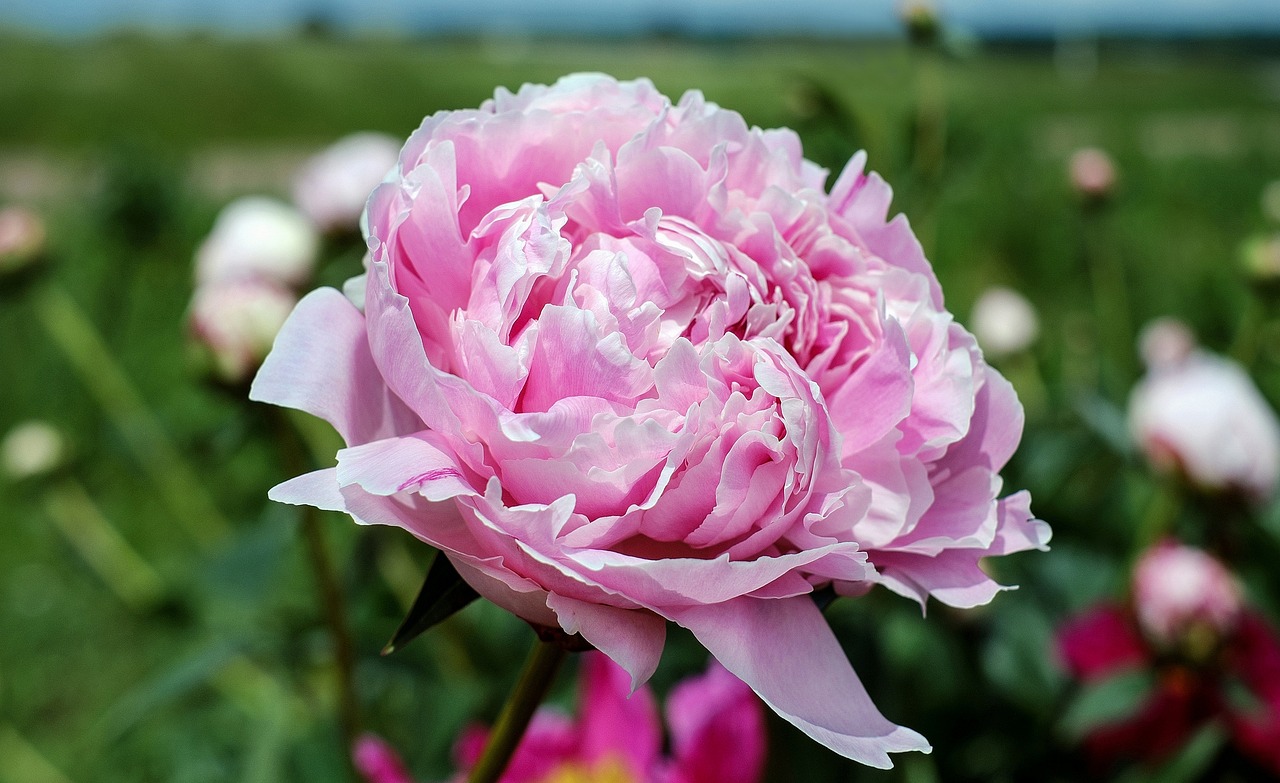Peonies are renowned for their show-stopping blooms, which can add a burst of color and fragrance to any garden. These perennial plants are often easy to care for and can live for many years, providing beautiful flowers each season. However, there can be instances where you may find your peonies not blooming as expected, which can be a frustrating experience for any gardener. This comprehensive article aims to explore the various reasons why this can occur and what you can do to encourage your peonies to bloom.
If you find your peonies not blooming, the issue could be due to several factors ranging from planting depth and nutrient imbalance to inadequate sunlight and weather conditions. Understanding the specific needs of your peony plants can help you find the right solution to encourage blooming.
Why Are My Peonies Not Blooming?
Peonies can fail to bloom for a variety of reasons, including inappropriate planting depth, lack of nutrients, or even insufficient sunlight. If your peonies are growing but not flowering, it may be time to reassess the conditions in which they’re grown.
Firstly, the planting depth is crucial for peonies. If the eyes (buds at the base of the stem) are buried too deeply, the plants may not bloom. The eyes should ideally be planted just 1-2 inches below the soil surface. Secondly, peonies require rich, well-drained soil, abundant in organic matter for optimal growth and flowering. If the soil lacks the essential nutrients, it can lead to peony flower problems.
Lastly, while peonies can tolerate partial shade, they prefer full sun for the best flowering potential. Make sure your plants receive at least 6-8 hours of direct sunlight daily to encourage blooming.
How Do I Get My Peony Plants to Bloom?
If you’ve found yourself asking, “What do you do when peonies don’t bloom?”, there are several steps you can take to rectify the issue. Start by checking the planting depth and ensuring it’s correct. You may need to lift and replant the peonies if they were initially set too deep.
Fertilizing is another important aspect to consider. Using a balanced fertilizer in early spring can provide the necessary nutrients that your peonies require to bloom. Make sure not to over-fertilize, as this can lead to lush foliage at the expense of flowers.
When do peonies bloom? Typically, they flower in late spring to early summer. If your peonies have still not flowered by this time, you may also want to consider pruning back any competing plants that may be overshadowing your peonies and limiting their access to sunlight.
What Happens If You Don’t Cut Back Peonies?
Neglecting to cut back peonies can lead to several problems. The old foliage can become a haven for diseases and pests that may inhibit flowering in the following season. Dead or diseased leaves can also attract mold and mildew, which can further stress the plant.
Cutting back peonies in the fall after the foliage has died down helps to promote better air circulation and reduces the likelihood of disease. It’s a simple maintenance step that can have a significant impact on the health of your plants.
Additionally, cutting back allows you to remove any competing shoots and weeds that may be taking nutrients away from the peony. This will ensure that all the plant’s energy is directed towards producing beautiful blooms in the following season.
Why Is My Potted Peony Not Flowering?
Peonies in containers have different requirements compared to those planted in the ground. If your potted peony is not flowering, the issue could be inadequate pot size, soil quality, or even insufficient drainage.
Firstly, ensure that the pot is large enough to accommodate the growing root system of your peony. A small container can restrict root growth and limit the plant’s ability to absorb nutrients, resulting in poor or no flowering.
Secondly, soil quality matters even more in pots. Make sure you’re using a high-quality potting mix rich in organic matter. You can also add a slow-release, balanced fertilizer to give the plant the nutrients it needs.
Lastly, drainage is crucial. Make sure your container has sufficient drainage holes to prevent waterlogging. Overwatering or poor drainage can lead to root rot, which severely affects the plant’s ability to flower.
When Do Peony Shoots Appear?
The timing of when peony shoots appear depends largely on your geographical location and the local climate conditions. In general, peony shoots start emerging from the ground in early to mid-spring.
Warm, consistent temperatures and ample sunlight are triggers for the emergence of peony shoots. If your peonies are not showing signs of life by late spring, you may want to investigate the soil condition and the health of the root system.
It’s also important to remember that newly planted peonies may take a year or two to become well-established before they start producing shoots and flowers. Patience is key when waiting for these perennial beauties to bloom.
Conclusion
Having peonies not blooming can be a frustrating experience, but understanding the potential reasons can guide you toward the right solutions. Whether it’s incorrect planting depth, lack of nutrients, insufficient sunlight, or another issue, knowing what to look for can help you take corrective measures to encourage your peonies to bloom. With proper care and attention, you can enjoy the stunning, fragrant flowers that make peonies a beloved staple in gardens around the world.

